How To Invest In ETFs: Pros & Cons, Alternative Assets
Exchange traded funds (ETFs) are an excellent entry point to investing. An ETF holds a basket of assets, doesn’t cost much money, and tends to be less risky than buying individual stock.
For newcomers, ETFs are a great place to start.
But what is an ETF, and how do they work?
In this article, we’ll answer those questions and explore the types of ETFs, how to invest in ETFs, and the pros and cons of an ETF. We’ll also look at how fine wine can be a better inflation- and recession-resistant alternative.
Further reading
- If you’d like to enhance your investment portfolio, check out these 8 Investment Portfolio Strategies.
- Also, check out some valuable tips on How To Invest In Wine.
What Is An Exchange Traded Fund?

An exchange-traded fund, or ETF, allows investors to purchase a batch of stocks or bonds in one go. Generally, ETFs track a particular index, sector, commodity, or another asset.
ETFs are incredibly versatile investment vehicles. They can track anything from the price of an individual commodity to a large and diverse collection of securities and even emerging markets. They can even follow a specific investment strategy, such as dollar-cost averaging, which involves buying the same dollar amount of an asset regularly.
This allows investors to buy fund shares that expose them to specific assets they’re interested in.
As such, an exchange traded fund is one of the best means of investing for new investors. They’re affordable and tend to carry less risk than buying individual stock.
Let’s see how ETFs work.
Features of Exchange Traded Funds
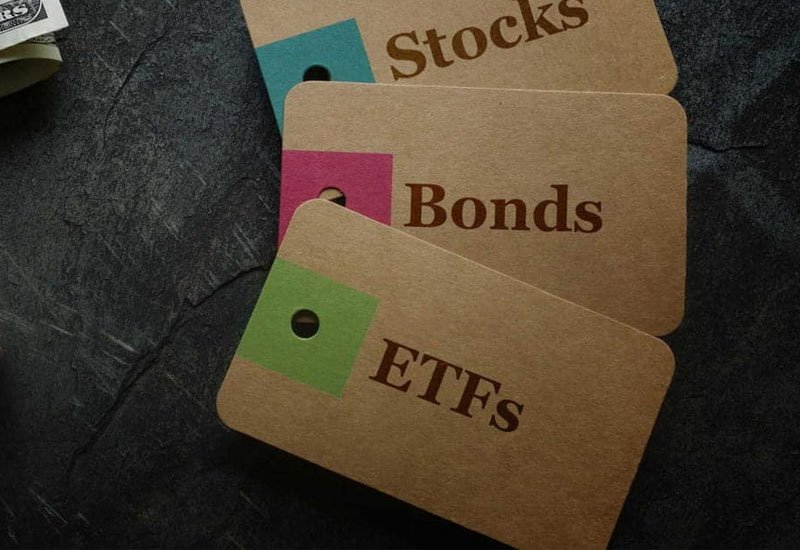
An ETF gets its name because they trade on exchanges just like stocks. An ETF share price will fluctuate throughout the trading day as the shares are bought and sold.
This differs from a mutual fund, which is only tradeable once a day after the markets close. Additionally, you typically have to invest a set amount of money into a mutual fund, which you don’t have to do with ETFs.
ETFs differ from a stock in that stock only has one underlying asset, whereas an ETF contains multiple. Additionally, an ETF fund isn’t limited to just holding a collection of stocks or bonds. One ETF can store various investments, including stocks, commodities, bonds, or a combination.
Some ETFs hold hundreds or thousands of stocks across various industries, while others focus entirely on one industry or sector. This means ETFs are a great fit for any investment objective as they can provide excellent diversification.
There are fees involved when investing in an ETF, known as an expense ratio. The expense ratio is listed as an annual percentage, so if the ETF has an expense ratio of 1%, you’ll pay $10 in fees for every $1,000 you invest.
Note that when investing in an ETF, you buy it at the market price, which is determined by supply and demand. However, the market price may differ from the net asset value. You may want to speak to a financial advisor to understand the order types.
Types Of ETFs

Investors can put their money into various types of ETFs. Before we explore the different types of ETFs, it’s essential to understand the difference between active and passive ETFs:
- Passive ETFs: Also referred to as index ETFs, these aim to match the returns of a broader index, either a diversified index like the S&P 500 or something more specific, like a gold ETF. The main difference between these and an index fund is that you may only trade an index fund at the end of the trading day.
- Active ETFs: Rather than targeting an index of securities, an actively managed ETF often has a fund manager making decisions about which securities to invest in. These funds can outperform passive ETFs but will likely incur additional costs. Actively managed ETFs may also perform better during market volatility.
Let’s check out a few types of active ETFs:
1. Bond ETFs

A bond ETF can include government, corporate, state, and municipal bonds. Investors purchase a bond ETF because it’s a fixed income investment. However, the income is entirely dependent on the performance of the underlying bonds. Bond ETFs are particularly sensitive to rising inflation.
2. Stock ETFs
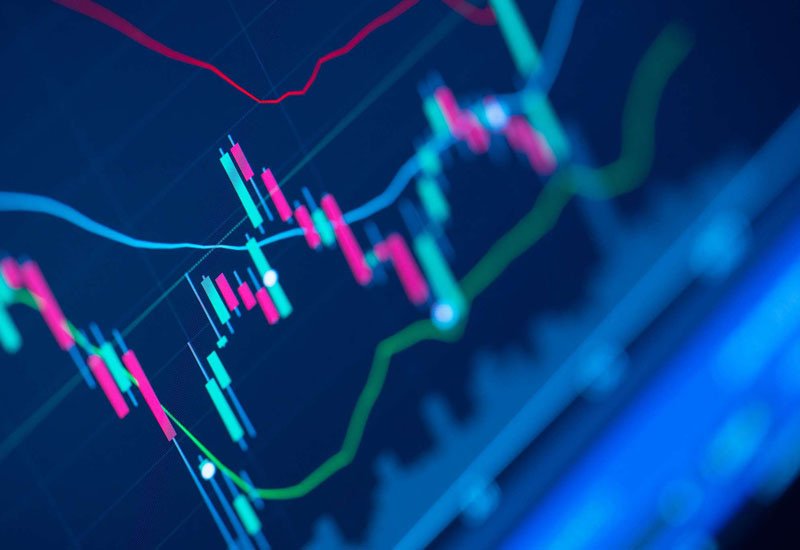
A stock ETF holds a basket of equities. The aim of stock ETFs is to provide exposure to a single industry, diversified with high performers and new entrants. A stock ETF typically includes lower fees and doesn't take ownership of securities.
3. Industry or sector ETFs

These ETFs focus on a specific industry or sector. For example, a technology ETF will contain companies operating in that sector.
4. Commodity ETFs

Commodity ETFs invest specifically in commodities like gold or oil. One of the perks of commodity ETF investing is diversification. Commodity ETFs are also a much more affordable entry point to the commodity sector.
Note that, if investing in a gold ETF, you won’t actually own any gold. Instead, the gold ETF holds derivative contracts backed by gold.
5. Currency ETFs

A currency ETF tracks domestic and foreign currency pairs. These ETFs can be used to speculate on the prices of currencies based on a country’s economic and political developments. A currency ETF can also be a good hedge against volatility in the forex markets.
6. Inverse ETFs
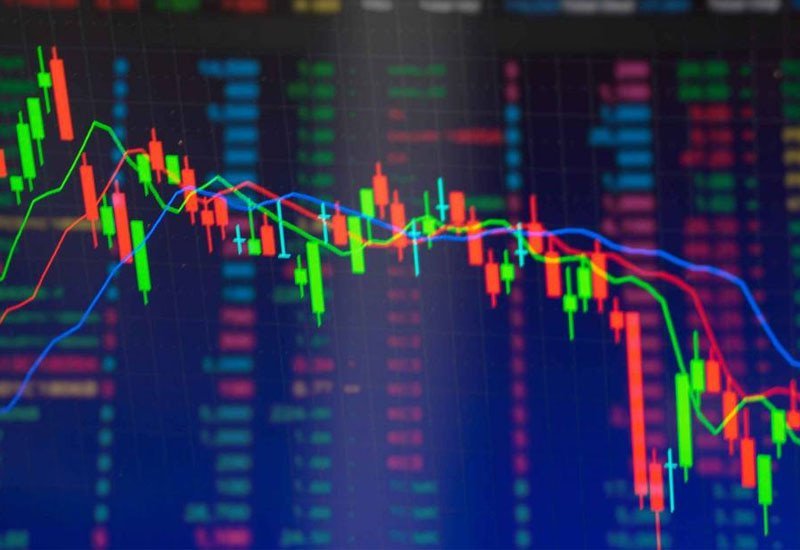
An inverse ETF attempts to make money by shorting stocks. Shorting refers to selling a stock you expect to decline in value and then repurchasing at a lower price. An inverse ETF uses derivatives to short a stock.
7. Leveraged ETFs

A leveraged ETF aims to earn a multiple on the return of the underlying asset. For example, if the S&P 500 returns 1%, a 2x leveraged S&P 500 ETF will return 2%. Of course, these multiples apply to losses as well. A leveraged ETF may not be an ideal investment for long-term investors.
8. Synthetic ETFs
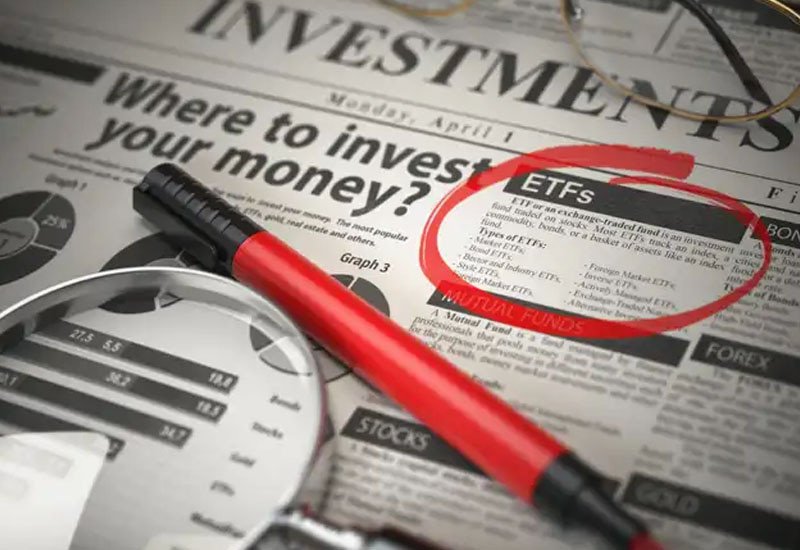
A synthetic ETF operates almost the same way as a traditional ETF, except that a synthetic ETF invests in derivatives and swaps rather than stock shares. Instead, the fund manager agrees with a counterparty to ensure the benchmark is paid to the ETF fund.
How To Invest In ETFs

Here’s a quick walkthrough on how to go about investing in an ETF:
- Open a brokerage account: You'll need a brokerage account to invest in securities like ETFs. Many of these are entirely online, but if you’d prefer a more active approach, you might be interested in a robo-advisor. Bear in mind that robo-advisors will often charge fees. Alternatively, you can invest in ETFs with a Roth IRA.
- Find ETFs: Next, you need to decide which ETFs to buy. Most brokers will allow you to compare ETFs, which is important because there are about 2,000 in the US alone. Investors can opt for an actively managed ETF in the hope of beating the market or picking any of the index ETFs for more affordability.
- Place the trade: Once you’ve picked an ETF, you need to buy it. Fortunately, if you’ve ever bought stocks, buying an ETF is very similar. Navigate to the trade section and buy the ETF using its ticker symbol.
Pros And Cons Of Investing In ETFs

As with any investment, there are always advantages and drawbacks:
Pros
Here are a few of the upsides to ETF investing:
- Good diversification: ETFs provide a basket of securities, often at an accessible price point, providing great exposure with one purchase.
- Simplicity: ETFs make investing far easier. There’s no need to pick between stocks; rather, investors can choose a fund tracking an index of their choosing.
- Liquidity: ETF fund shares can be bought and sold on a stock exchange anytime throughout the trading day.
Cons
There are also a few things to keep in mind, including:
- Lower dividends: There are high-yield ETFs, but the returns may still be lower than if you owned high-yielding stocks. These lower dividends correspond to lower levels of risk.
- Investments can be limited: For some sectors, investors may be limited to large-cap companies due to the small group of equities in the market. The lack of small and mid-cap companies could curtail an investor’s growth opportunities.
- Regulatory structure: While most ETFs are registered with the SEC, some that invest in commodities, currencies, or commodity or currency-based instruments may not be registered companies.
- Susceptible to inflation: When interest rates rise, many ETFs fall. There are many reasons for this, including a decline in profits lowering share prices, or lower demand for the investment.
- Vulnerable to downswings in the market: Many assets take a knock when the economy is in a sustained decline. ETFs containing cyclical or speculative stocks or stocks from highly leveraged companies are likely to suffer during recessions.
Next, let’s look at an asset that you should add to your portfolio to override all the disadvantages of ETFs:
Why Fine Wine Is An Excellent Addition To Your Portfolio

ETFs are a great asset to include in your portfolio, providing exposure to various industries. However, adding an exchange traded fund should be just the beginning of your investment journey.
ETF investing alone may not be enough to reach your investment objective or protect your portfolio from market volatility - you need an alternative asset. And one of the best performers in this asset class is fine wine.
Here are a few reasons you should consider investing in fine wine:
- Attractive returns: Over the last 15 years to December 2021, wine has returned a historical annual return of 10.6%. Compared to mutual funds and other stock market assets, regular wine investments can constitute one of the fastest-growing aspects of a portfolio.
- Easy to understand: Where the stock market requires constant due diligence on a company’s financial performance, fine wine is almost entirely based on supply and demand. And with a minimal supply of investment-grade wines, their prices rise as their rarity and maturity improve.
- Excellent stability: The wine market experiences much less volatility than traditional markets. As such, wine can help shield your portfolio when stocks and ETF share prices fluctuate.
- Inflation-resistant: Wine investments can serve as a means to protect capital during times of economic uncertainty. Gold, often considered the definitive inflation hedge, stumbled in 2021, sinking 3.64%. By comparison, the Liv-ex 1000, the broadest measure of the wine market, climbed 19.08%
- Accessibility: Fine wine investing was once reserved for the wealthy, but thanks to Vinovest, you no longer need thousands to buy the wine, a world-class cellar, and decades of wine knowledge. With Vinovest, anyone can now invest in the world’s best bottles.
Vinovest is a reputable wine investment company that makes buying and selling fine wine easier than ever. You don't need to worry about storage, as Vinovest stores your wine in bonded warehouses. However, if you’d like to take possession of your wine, they can arrange that too.
Here’s how to get started:
- Step 1: Sign up with the platform using your name, email address, and password.
- Step 2: Fill out a short questionnaire. Your answers will help Vinovest’s sommeliers determine your preferred investment style.
- Step 3: Fund your account. You’ll need a minimum of $1,000.
- Step 4: Construct your portfolio. Using the answers from your questionnaire, Vinovest will recommend some investment wines.
- Step 5: Enjoy a glass of wine while your portfolio grows.
Fine Wine: The Perfect Complement To ETFs For A Diversified Portfolio

Investing in exchange traded funds fits within a sound investment strategy. Being affordable with good exposure to various sectors, they’re a solid investment decision.
However, your portfolio should contain more than just ETFs.
When looking for another asset class, alternatives are the way to go. Among these, fine wine remains one of the strongest contenders. With solid, long-term returns, excellent diversification, and low barriers to entry, there's no reason not to.
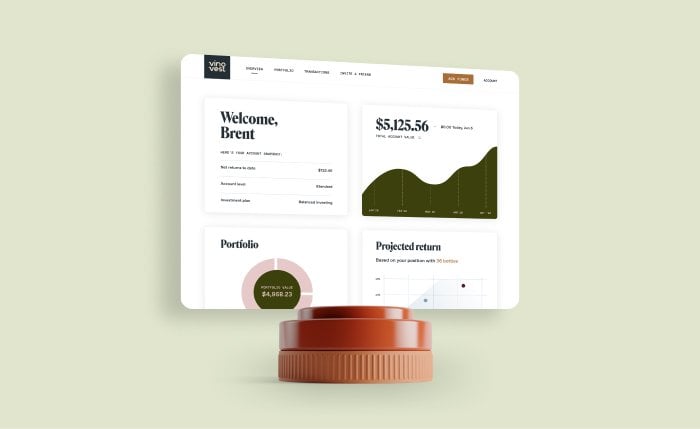
Simply sign up with Vinovest today to take advantage of this sought-after opportunity.


